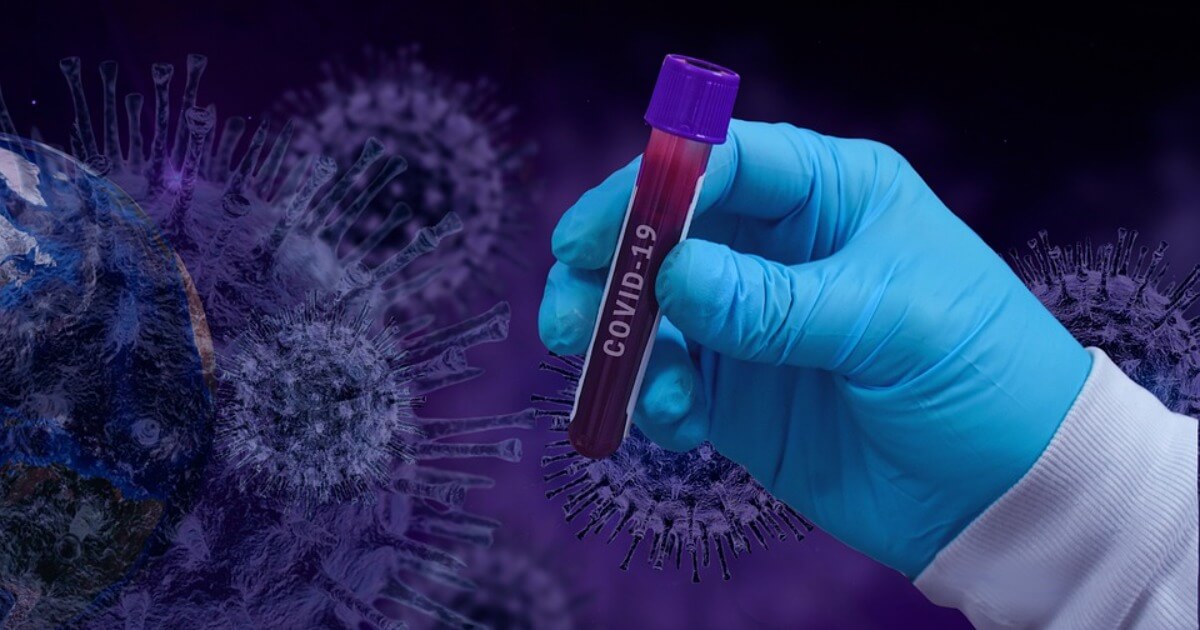US and Mexican Parallels: Inequality, Health and Wealth
How COVID 19 highlights blatant levels of social and economic inequality in the United States and Mexico.
July 14, 2020

A killer virus is raging throughout large parts of North America, but it is much larger than COVID 19. This killer virus is inequality. The health effects which the coronavirus has on people is just one of its manifestations.
Inequality’s many ugly faces
The debate about inequality in the United States has been going on for a very long time. The sad truth is that the longer the nation has had what is innocuously and revealingly often labeled as a “conversation” about this topic, the worse inequality has become.
Talking about it may satisfy certain people’s sense of self-importance, but merely caring rhetorically changes nothing in the hard-core, real-world socio-economic structures of a given country.
Paradoxical — or logical?
And yet, that is all that even many centrist politicians and presumably reform-minded liberal think tanks in the United States have on offer.
There is a pretty straightforward reason for that: Even merely considering, never mind really advocating serious changes to the economic structure of the country is not what most of their (often ultra-rich) funders would like.
The U.S.-Mexico parallel
“Down south,” across Trump´s border wall to Mexico — of which 200 miles were constructed and celebrated by the end of June — inequality is even more blatant than in the United States.
More than 60% of Mexicans work in the informal sector and have neither access to a social safety net nor do they contribute to the social security system to provide an old-age pension for themselves.
On average, they have no wealth at all and live hand to mouth. Hence, the consequences in the event of a sudden income loss are truly existential in nature.
Why you can’t really lock them down
Thus, going into lockdown is not an option for many Mexicans. True, those Mexicans with well-paying jobs can work from home, but the less privileged are doomed to work in the public space, for example as fruit and taco vendors.
Increasingly, the stark option poor Mexicans face is dying from COVID 19 or hunger. Since hunger knows no quarantine, there also is no trade-off between the two.
Policymakers and traffic lights
And yet, in the annals of official policymaking, the Mexican government has established a scale of four COVID-related risk categories.
According to this new “traffic-light” system, each of Mexico’s 32 states is meant to resume non-essential activities for a gradual reopening of the country’s economy.
Mexico’s health care: Reassuring the upper classes
Another arrangement by which the government seeks to project confidence and competence consists in the new designated COVID 19 hospitals around the country. They now count 900 in total (up from 645 in April).
Impressive as that is, these hospitals are really only in reach of those Mexicans who can actually afford them.
An increased number of such hospitals can neither remedy Mexico’s fragmented health system nor overcome marked inequality, which in this case expresses itself via access to, and the quality of, the provided health care.
Obesity, another epidemic
To add insult to COVID injury, Mexico has proportionally more people with underlying medical conditions than even the United States.
It matters greatly that COVID-related rates of death not only increase with age, but also with body weight. According to a study by CDC, obesity is the biggest risk factor for death from COVID 19 for people under 50.
Against this backdrop, despite their very different levels of economic development and per-capita income levels, the coronavirus hits both United States and Mexico especially hard.
An unfortunate case of cross-border unity
The United States and Mexico are the two countries which have the populations with the highest level of overweight and obesity in the world.
In their neck-to-neck race, Mexico is currently slightly ahead, both in the share of obese people and in the heavy impact on its GDP.
Counterintuitive as this may sound, obesity is especially pronounced among the poorest, underscoring that obesity primarily is a disease of the poor.
Affecting 34% of Mexico´s population, it has become the country´s number one killer. Directly linked with diabetes type 2, it costs 100,000 lives per year.
Sparking yet another debate
One strange, but very real benefit is that the pandemic has pushed the twin issues of economic and racial inequality from the fringes to the foreground. In the most brutal fashion, the death of George Floyd has sparked a new debate.
We have to see whether this time, things are really different and whether all the public attention will yield real changes. Unfortunately, doubts are well-warranted in this regard.
Alas, as the case of Mexico — but also that of Brazil underscores — the United States is far from the only nation which is torn by racial and socio-economic divisions. The United States merely stands out for being the wealthiest among them.
Conclusion
The moral of the (hi)story: One can only hope that tackling severe levels of inequality will finally take center stage in political debates.
The coronavirus pandemic actually helps in that regard because the health effects are asymmetrical and exacerbate long standing levels of economic and social injustice within countries.
The later these are faced and tackled, the more dramatic our future struggles will become. That is true for the United States as it is for Mexico. And everywhere else.
Takeaways
There are striking parallels between Mexico and the US when it comes to inequality, health and wealth.
The COVID 19 pandemic has highlighted the blatant levels of social and economic inequality in the US and Mexico.
One strange, but very real benefit of the pandemic is that it has pushed economic and racial inequality from the fringes to the foreground of the global debate.
The US and Mexico are the two countries which have the populations with the highest level of overweight and obesity in the world.
According to a study by CDC, obesity is the biggest risk factor for death from COVID 19 for people under 50.
Although Mexico now has 900 designated COVID 19 hospitals, they are really only in reach of those Mexicans who can actually afford them.

